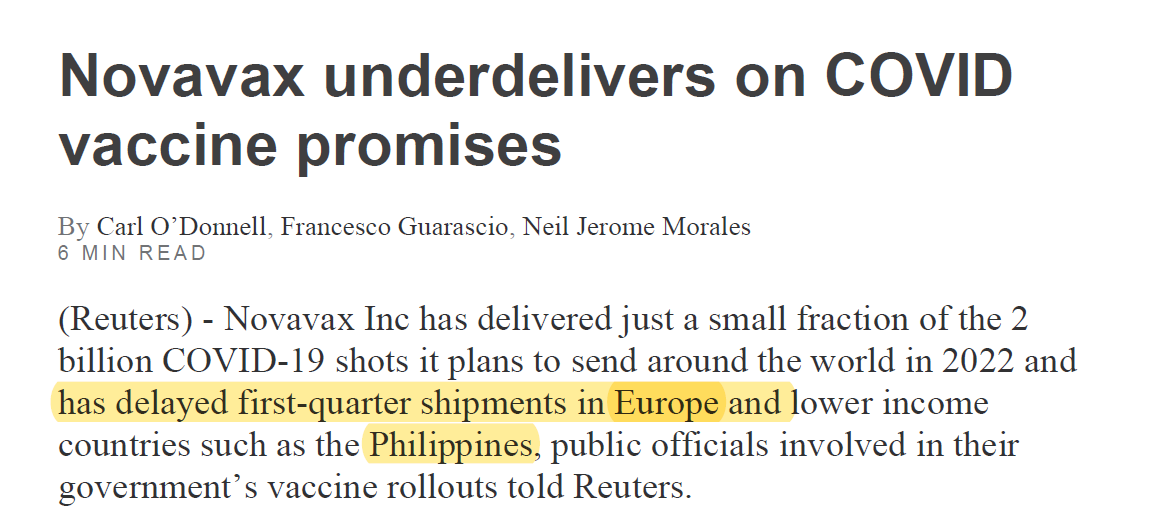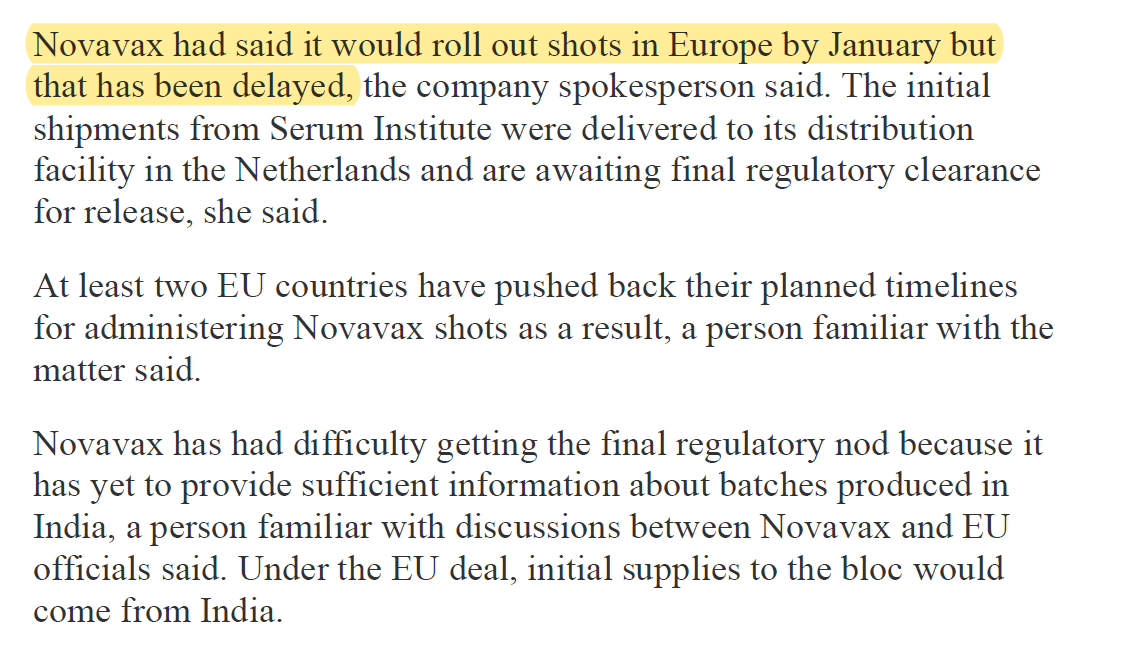Barely two weeks after GSK took an exclusive license to the ADAR Editing industry’s leading pipeline asset (alpha-1-antitrypsin) and other ADAR targets from Wave Life Sciences, Eli Lilly and ADAR pure-play ProQR announced a major expansion of their RNA Editing partnership from a year ago.
Here, I will lay out
what the deal says about the position of RNA Editing within the pharmaceutical
industry, the dynamics within the RNA Editing space before going into
some specifics of the deal itself.
ADAR Editing to
exploit exploding genetic insight into disease
The deals were driven by the desire of large pharmaceutical companies to exploit their investments into understanding the genetic basis of disease by matching them with complementary therapeutic modalities. Not
only is ADAR Editing as a genetic technology itself an obvious consideration
for this challenge, unlike most other modalities which work by inhibiting pathways, ADAR Editing is amenable to gain-of-function and gene upregulation.
Similarly, RNA and
genome editing (‘CRISPR’) are unique in their ability to generate protective variants, that is variants thought to protect a person from developing a
disease such as cardiovascular disease or Alzheimer’s.
Target modulation
versus all-or-nothing forever
Genome editing may have
captured our imagination and overshadowed ADAR Editing for most of its
existence, but for many applications its mechanism is imperfect or for
technical reasons not applicable (yet).
The delivery challenge for large nucleic acids as in genome editing is, however, bigger than for ~30nt oligonucleotides which have emerged as the preferred strategy to mediate ADAR Editing. It is therefore unsurprising that currently the greatest value of genome editing is in combination with cell therapeutics such as in immune oncology or for hematopoietic stem cell-based strategies where delivery happens ex vivo. For in vivo delivery strategies, liver hepatocytes will be its main target tissue and it is here where most of the competition between ADAR and genome Editing will play out.
But also where there is such direct competition, there are often good reasons to not pursue a permanent change in the patient's DNA. For example, permanently burning liver fat in
an uncontrolled manner by turning thyroxin hormone receptor-beta into constitutively active versions could be dangerous. This is
where a daily (small molecule) pill or a quarterly administered oligonucleotide
therapeutic like RNA Editing would be preferable.
In Eli Lilly’s words: ‘“We have been impressed
with the progress to date with our partners at ProQR and have conviction that
RNA editing can be an important alternative to other more permanent therapies.”
For other targets, a biallelic
modification may not be tolerated by the cell.
It is for example hotly debated whether huntingtin in Huntington’s Disease
should be fully ablated or whether residual huntingtin activity is important
for safety reasons.
Short oligo-mediated RNA Editing is the way
It is no coincidence
that GSK and Eli Lilly have partnered with the leading ADAR Editing companies that employ short oligonucleotides to both recognize target RNA and recruit
endogenous ADARs. In the earlier days of
RNA Editing, a longer editing oligonucleotide expressed from DNA along with ADAR
co-expression was predominantly practiced.
However, this approach not only suffers from the challenge of having to
deliver larger cargos to target cells, ADAR overexpression is associated
with widespread, likely intolerably high off-targeting.
Clearly, Roche should have known about these fundamental challenges in 2021 when it sealed its collaboration with DNA-directed ADAR player Shape Therapeutics. Roche must feel the intended approaches it is intending the technology for justify such delivery and would expect the collaboration to focus on reducing the level of off-targeting.
Eli Lilly and
ProQR partnership
In September this year, when I got finally
convinced to look more into the potential of ADAR RNA Editing, I could not
believe how well positioned and cheap ProQR was:
ProQR had stumbled across an oligo-mediated method to achieve targeted RNA Editing about 10 years ago. At the time I was extremely critical of the company because they pursued a form of mRNA repair (for cystic fibrosis) that in my book as an RNA molecular biologist did not exist.
Predictably, that project failed and I can imagine that failure and resulting skepticism of the technology led the company to explore other methods of repairing mRNA. They obviously stumbled across ADAR Editing when virtually nobody, except for a few DNA-directed project teams was paying attention. This means that their IP may be close to having gatekeeper potential for oligo-directed ADAR Editing.
Another thing that I liked about ProQR during my research was that, unlike its closest competitor, Wave Life Sciences, ProQR is now fully exclusively focusing its cash towards the platform instead of having its budget being overwhelmed by expensive clinical trials on less exciting drug development prospects.
As such I was confident
that regardless of the neglect by the public markets, the pharmaceutical
industry which has gotten used to the concept of Oligonucleotide Therapeutics would
be attracted by the notion of piggybacking on existing oligonucleotide delivery and
chemistry progress to open up unique new genetic drug target space with RNA
Editing.
So after initially buying
access to 5 liver and CNS-related targets for $20M in upfront cash and an
equity investment of $30M for a little over $7.5 per share, Eli is paying now $60M
in upfront and making a $15M equity investment at $1.6 per share for 5 more
targets. The focus this time has shifted from the liver to central and peripheral nervous system applications, and the protective variant concept was highlighted in the press release. Lilly now owns approx. 17% of ProQR.
Each target comes with
$250M in potential development and commercialization milestones and given the
early stage of the collaboration, royalties from commercial sales are capped at
single digit percentages.
Another perk for ProQR is that it may access Eli Lilly oligonucleotide know-how and technology under the collaboration. Eli Lilly has a rather long history of developing antisense and RNAi molecules. ProQR values such external input a lot and as such partnership deals had been limited to those companies with a substantial investment in oligonucleotide therapeutics. And that Eli Lilly happens to be the partner again speaks to the apparent success of the ongoing collaboration.
ProQR stated in the
conference call that Eli Lilly has an option to gain access to a final 5
targets for $50M and that the companies would be incentivized for this to
happen in 2023.
But since the enterprise
value (market cap minus cash on hand) of ProQR is barely $50M, why not just attempt
to acquire this gem after the 6-month standstill expires this summer? But before that will be the JP Morgan
Conference in January, a biotech dating lovefest where new relationships are
formed and deals are born. Oligonucleotide powerhouses
Alnylam and Ionis, or Big Pharma, this time perhaps of the European flavor would be my candidates playing interference with Eli Lilly.



















